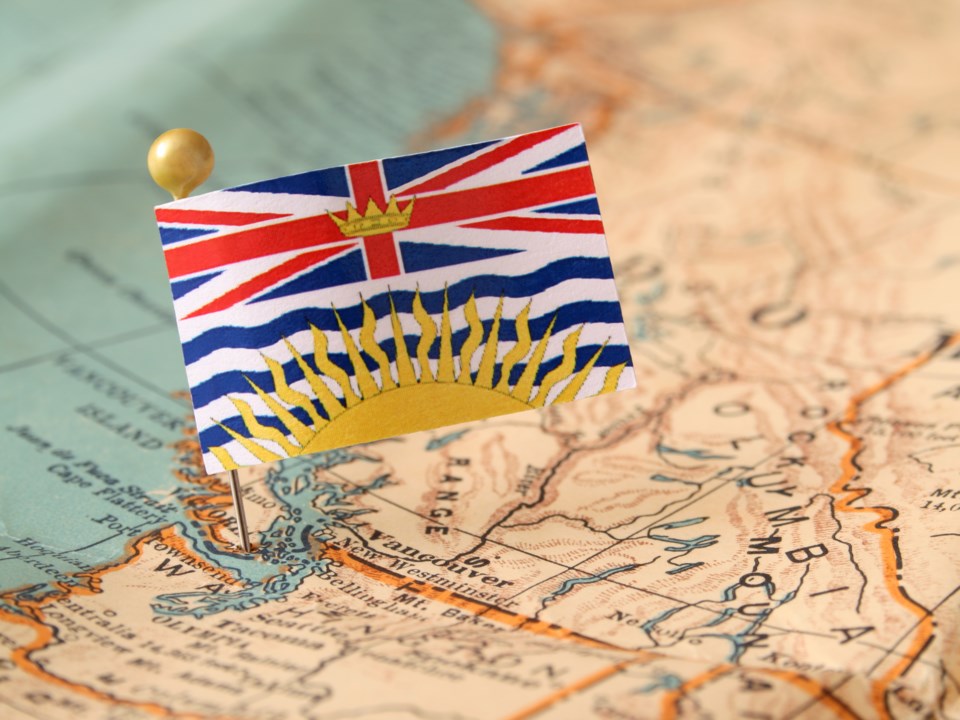Years before Premier John Horgan’s June 28 announcement that he’d step down from the top job this fall, pollster Mario Canseco recalls asking a diplomat about the difference between the BC NDP leader and then-BC Liberal leader Andrew Wilkinson.
“Her answer was astonishing: ‘Horgan looks like the kind of guy who would help you change a tire, and Wilkinson looks like the kind of guy who would scold you for having a puncture in the first place,’” said the president of Research Co. “That’s brilliant.”
The popularity of the BC NDP’s longest-serving premier has endured, even after more than a few verbal gaffes that would have sunk other politicians.
“Fatalities are a part of life,” Horgan said amid last year’s heat dome that ultimately cost nearly 700 British Columbians their lives. Fury ensued, Horgan walked back those remarks and by February 2022, his approval rating stood at 69 per cent, according to a poll conducted for Glacier Media Inc. (TSX:GVC) by Research Co.
So where does the BC NDP go from here after the popular premier reshaped the party’s image in the eyes of British Columbians? The same February Research Co. poll revealed that the BC NDP’s approval ratings stand markedly below that of its leader: 46 per cent to the BC Liberals’ 38 per cent.
The BC NDP must now prepare for a fall leadership convention to decide who replaces Horgan as premier and party leader.
“There will be, if anything, a competition [over] who is going to be best able to both continue the legacy of John Horgan’s government … and to develop inroads with the next generation of voters,” said Simon Fraser University political science lecturer Stewart Prest. “This is not a party under pressure. This is not a party that has to reinvent itself in order to win over voters. They have won over voters. They need to keep that support.
“And so that is going to lend itself towards … perhaps a little more gloves-on approach to the leadership campaign. I would be really surprised if it turns into a knock ‘em down, drag ‘em out kind of affair.”
As for serious leadership contenders, Canseco said the most practical place to look would be the cabinet. Health Minister Adrian Dix has had one of the highest cabinet profiles amid the pandemic but could not deliver a win in 2013 when serving as party leader. Jobs Minister Ravi Kahlon has raised his profile considerably since first winning the riding of Delta North in the 2017 election and securing a role as a parliamentary secretary before being named to cabinet in 2020, Canseco said.
“[He’s] somebody who was a very active participant in the policies of the government.”
Canseco added that Kahlon’s presence south of the Fraser River is an advantage to his party.
Newly minted BC Liberal Leader Kevin Falcon represented Surrey-Cloverdale before stepping away from politics for a number of years only to return as an MLA for Vancouver-Quilchena.
Canseco added that Attorney General David Eby has also enjoyed a high profile as he stickhandled the troubled ICBC portfolio as well as the Cullen Commission that examined pervasive money-laundering problems in B.C.
Meanwhile, 2022 will mark a year in which both the BC NDP and BC Liberals will have selected new leaders. Despite a changing of the guard for both parties, University of British Columbia political science Prof. Allan Tupper said the Liberals find themselves playing catch-up.
“The message of the party has broadened to show British Columbians that the NDP has mainstream values,” he said. “You’d assume that given the party’s position and the way it’s been repositioned … that they’ll get a good list of leadership candidates and have a good sense of issues.”
Prest said Horgan’s departure ultimately marks the “end of an era” for both the BC NDP and the province.
“Mr. Horgan’s time in office, it’s fair to say, it’s remade the electoral map in the province from a place in which the Liberals seemed like a natural governing party to one in which the NDP has the commanding position.”




